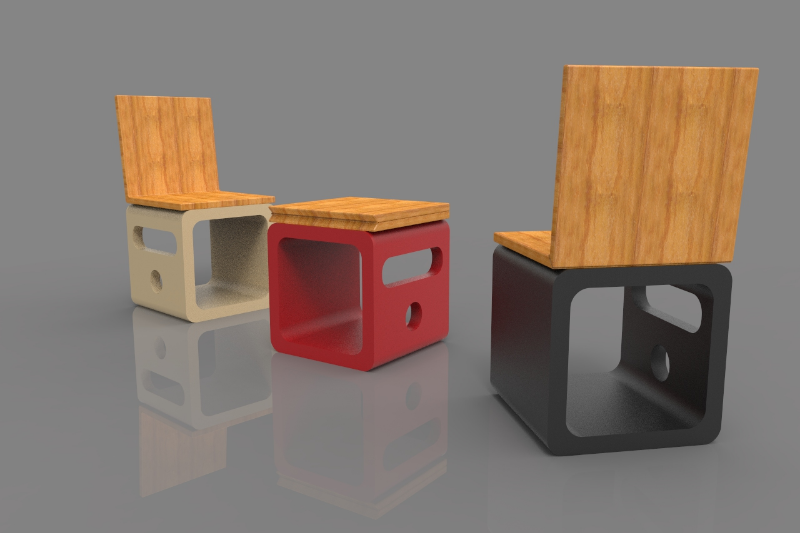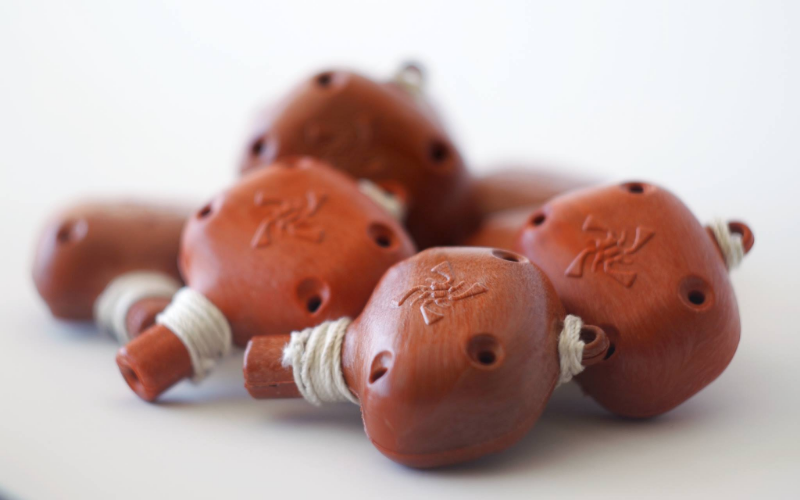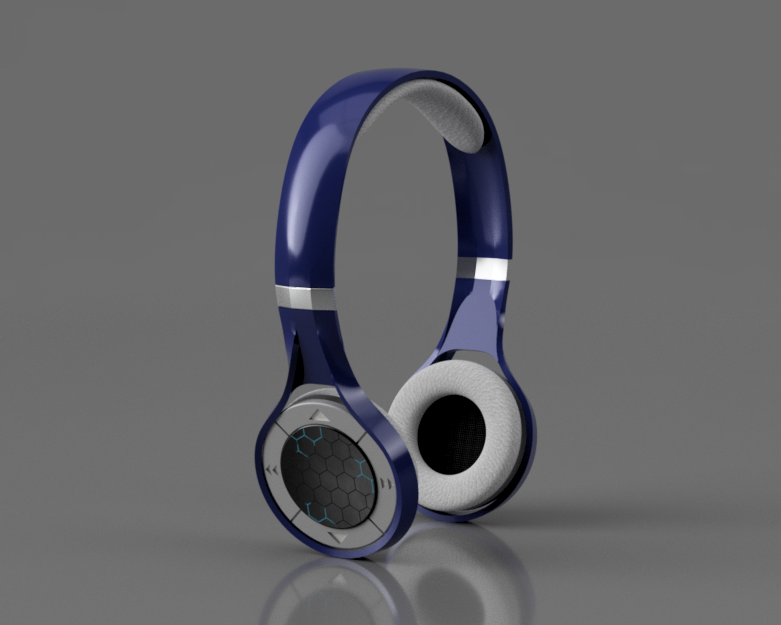Being relevant is the key to a company’s success and survival in today’s increasingly more challenging market. To a lot of them, it means developing and releasing a new product after another within a relatively short period to stay ahead of competitors. The current business landscape does not favor those who are lazy or too reluctant to make changes. Consumers want innovative and fresh-looking products that give solutions to what their lifestyles demand.
From a product design services point of view, the product development cycle becomes shorter. Relentless pressure to keep releasing new products brings about a serious threat of losing focus on quality in favor of speed. To be the first to arrive at the market becomes the sole purpose rather than making sure that every product meets consumers’ expectations.
While it’s a daunting prospect, there is also a real possibility that companies can optimize their workflow during the product development process. Intensifying collaboration and cutting out extra steps can effectively help shorten the product development period without sacrificing overall quality.
New Product Development, Briefly Described
In the simplest of terms, new product development (NPD) is everything involved in the process of the creation of goods or services from concept to launch. Every product must come to the market with a clear purpose of filling a consumer demand or taking advantage of a particular opportunity available at the time of launch.
The objective for the company is to gain as much profit as possible. Every company must practice effective methods in designing and marketing the product to accomplish both purpose and objective with satisfying results. At its most basic form, NPD includes the processes of drafting the idea or concept, creating and refining the design, prototyping, testing, marketing, and data analysis to be used for the next product.

A new product may act as an improvement of an existing one; a replacement for an older model, accessory, or attachment of the previously launched, or a tool for the company to expand its target market. There are times when a seemingly new product is not a new product at all – it is an old product repackaged or even rebranded and marketed differently.
Successfully launched products can increase the company’s market share, strengthen relationships with distributors, and generally increase profit. On the other hand, failure can lead to significant losses.
RELATED: Tips for Outsourcing New Product Development and Design
In case a product released in the past has been quite successful in the market, the company may choose to launch a slightly different model, which happens frequently in the automobile industry. Take Chevrolet Camaro, for example – there have been six generations of the car up to this point. Every generation features alterations in a lot of components (exterior, interior, engine, wheels, etc.) but they still use the same name despite the differences.
An accessory or attachment can be regarded as an entirely new product although it still relies heavily on another kind of product previously released. Apple, in addition to releasing multiple series of iPhone, also designs and sells additional accessories that complement the smartphone such as earphones and cases. Those attachments are not necessary to use an iPhone, but they can improve or add to the existing functionality.
When a company wants to expand the market, it often develops and releases a new product within the same industry. This is why a lot of food processor manufacturers have juicers, blenders, coffee grinders, toasters, waffle makers, and so on.
If you’re a product designer, you will often get asked about the expected timeframe of the next NPD. It is a good question, and just like every good question, there isn’t an easy answer. Assuming you’re an experienced product developer with a strong track record of creating and launching several different products, you may be able to offer a rough prediction of when the product will hit store shelves. If the previous product had taken a year to develop and launch, a slightly different model without any significant design overhaul would ideally require less time. A completely new product, however, needs more elaborate planning.

The project timeframe depends on several things including but not limited to market analysis, skills of product developers, the complexity of the product itself, financial strength, and distribution channels. Let us not forget about external factors such as market trends and social or political situations. With those in mind, you can safely say that a company with more well-known brand names and distribution networks should be able to release new products quicker than start-ups merely because they have the money to hire professional developers and established collaboration with product testers.
The more product development projects you do, the more proficient you are at planning. As soon as you come up with an idea, you already know exactly what kind of developers to hire, how much money it takes, where to find materials, how to test the products, who to hire for market research, and what marketing methods to use.
A small company or start-up, on the other hand, has to do everything from scratch and that usually takes much longer. Even if you’re exceptionally skilled at designing, you still need to build a prototype, test sample products, define distribution as well as a sales channel, and determine the marketing methods. In short, you cannot do everything on your own; otherwise, it will take an unreasonably long time before you can launch the product.
By tracking the time of every phase of the project, you may be unpleasantly surprised to find out how everything takes longer than planned. You must be willing to consider that not every meeting and testing delivers excellent results and not every attempt to refine the design comes to fruition.
Phases of Product Development
As previously mentioned, you may not be able to handle everything without any assistance from others, so establishing partnerships with professionals of different specialties should make things more manageable. It is true that the idea is yours only, but you can always use some help from illustrators, 3D modelers, online marketers, and certainly investors.
Because product testing is essential before launch, working together with a focus group of customers can give preliminary feedback, which is useful for design refinement. Experienced developers and companies have their techniques and methods to do an NPD. While they may do things in different orders, the process generally must include:
1. Recognizing the Demand to Fill
This is the starting point of all product creation. Your product has to fill a demand. Otherwise, it’s doomed to fail from the get-go. If nobody wants the product, you’re not going to make any sales. Here you’ll find a problem already: if the market has a demand for a product that does not exist yet, your competitors are also rushing to fill it.

You’re always in a race, but the first to launch is not always the winner at the end of the day. Eventually, it all comes down to quality, value, and customers’ satisfaction level. Also, remember that it’s easier to fulfill a demand than to create one.
Market analysis is indispensable. An experienced product developer and marketer can even predict what kind of products consumers will need shortly based on the current data. For example, with the growing concerns of pollution and carbon footprint, there is going to be an increasing demand for environment-friendly vehicles. This is why a lot – but not all – of car makers are aiming at the market for electric cars.
2. Generating Idea
Sometimes the idea comes first before you recognize any demand for it. However, your work will be much easier if you have fact-based data in front of you the whole time. The data will tell you what kind of product you need to launch and how to make it better than any existing product already in the market. Ideas can come from a number of places and events such as brainstorming sections with colleagues, criticisms or reviews from customers, or popular topics on social media. There is nothing wrong with looking for inspiration from competitors’ products either.
3. Determining Target Market
In an ideal world, your target market would be people from different backgrounds. While it is not impossible, such an ambitious marketing approach is often unrealistic. At the very least, you have to set a specific age-range as the primary target market. As a rule, a company with small financial capital usually targets narrow demographics to simplify the development and marketing process.
New Product Design Research and Development
At this point, you already know exactly what kind of product you want to create, how it should work, potential profitability, where to sell it, and when to launch. The first component is research through which you gather data about design, material, contact prototype design services, manufacturing partners, the focus group or testers, and overall cost. Now that you know just about everything and have established partnerships with professionals, you can start the actual development phase. This involves processes from drawing rough sketches all the way to finishing production.
Draw some rough sketches of the product and include technical specifications. Make sure each sketch visually explains the product from a different angle. You don’t have to be an artist to do it. As long as the specifications are clear with dimension, texture, color, mechanical parts, working principle, and material, you should be fine. In case you want more refined drawings, have the sketches re-drawn by an illustrator.

The next major step is to have the sketches digitalized using CAD software. In simple words, the procedure transforms images on paper into a digital 3D object that you can manipulate and edit more easily. It is a rather lengthy sophisticated job best left to 3D modeling freelancer. Once completed, you can see the product in its entirety in digital format. Depending on the modeler’s skills, there can be animated models of mechanical parts to depict how the product should function as well. It may include a rendering process to generate a photorealistic image of the product with colors and textures.
It is now time to build a prototype. The simplest method is to have the product 3D printed. It is quick and relatively affordable, but the printed object will not be a lifelike representation of the product. Think of it as a rudimentary form of your product prototype. You are limited by materials and dimensions unless you get the job done using an industrial-grade 3D printer machine.
A better alternative is to hire a prototype developer or custom manufacturing service. The cost depends on the kind of materials required and the complexity of the product. In case the materials are readily available in hardware stores, affordable, and are also easy to work with (such as PVC, leather, cardboard, wood, fabrics, etc.), you might as well build the prototype yourself or hire a handyman. For a product design with electric circuitry, moving parts, polished metals, or complex assembly process, custom manufacturing is the way to go.
Testing – Over and Over Again
Once the prototypes (probably two dozen of them) are ready, send some to a focus group of early testers. The group must consist of potential customers so their feedback should give an idea whether the product meets their and your expectations. Give the remaining prototypes to investors and save one for yourself. At the end of the testing period, answer the following questions:
- Does it have all the features customers need?
- Does it get approval from investors?
- How does it compare to competitors’ products, if any?
- Are there rooms for improvements that make financial sense in relation to production cost and price?
- Will it arrive at the market at an advantageous time?
One thing to remember: the final retail version of the product can be different from the prototype. During the testing period, some testers may find design flaws, a missed opportunity due to the lack of features, little details that affect performance, etc. If the product calls for refinement, go back to the 3D modelers to make changes and then have some more prototypes built for another test. You may need to do this multiple times until you get exactly the kind of product you want. Unless you are absolutely sure that everything is going according to plan, do not move to the next phase.
Mass Production
Now that the prototype is all satisfactory, it is time to go for mass-production. Once again, the cost depends on the complexity of the product and the expected quality. Your factory partner may need to purchase a new custom manufacturing tool (if the product is unique enough), which will add to the total cost. You also have to pay for the cost of materials and labor. To save money, ask for a relatively low quantity first and then move to a higher number afterward.
| Category | Example | Benchmark |
| Incremental | Extension of an existing product including minor design variation | 3 months |
| Typical | An actual new product, yet in a category where the company already has considerable experience. For example, a new mobile device by an established smartphone company | 6 months |
| Greenfields | New product released by a developing or startup company | 9 – 12 months |
There is no rule to say that you need to follow the benchmark timeframe as far as NPD is concerned. Just because a company releases its products sooner than competitors, it does not always mean that the company will gain more success than those who come late to the party.
A benchmark, by definition, is a standard by which something is measured. In this case, it refers to the period between the initial concept of a product and launch. The suggested benchmark also assumes that consumers at large will be able to use the product without requiring another tool or system; people can purchase a product and utilize all features easily. In reality, NPD takes much longer than anticipated due to various reasons from changes in market trends to internal organizational issues.
Cad Crowd’s Home to Expert Product Designers
Regardless of what stage in the new product development process you’re in, Cad Crowd can help. We have a network of pre-vetted, highly qualified CAD service experts and product designers at your disposal. If you’re interested, contact us for a free quote!
